Whether you’re prepping your backyard for the colder season, remodeling your old garden, or starting a garden from scratch, you may want to get familiar with plants that fare better in a winter garden.
The main difference between a winter garden from a summer garden is plants - the former will be filled with plant life that naturally thrives in the cold weather. Whether you’re a winter person or not, creating a cozy and kempt environment in your garden to enjoy your mornings is a soothing luxury worth having. You can have droplets of rain gently dripping down a glass dome, birds chirping in the distance, and various shades of green bringing life to the frosty atmosphere. Spending time among — or looking out at — the winter greenery can also be a relaxing experience.
Although there are other aspects to consider in preparing your garden for the colder months, winter plants will be the ones owning the stage. To bring the best out of them, however, there’s a good deal of maintenance and design involved. With a few tips and a short guide on cold weather plantlife, you can transform a garden space into a winter haven.
What to Plant
Before deciding on what to plant in your winter garden, there are some factors you may want to take into consideration that may influence the survival rate of the plants you choose. One of them is the climate zone you live in. The spectrum of climates is divided into zones one (warmest) through three (coldest). A colder climate garden will have different needs in terms of preparation and maintenance. Another factor that comes into question is when to plant your flora and whether you’re planting seeds or already grown (and potted) plants.
Typically, and in this case, you would be setting up a winter garden for aesthetic purposes. Nonetheless, there are certain winter fruits and vegetables you can grow as well. For the best results, try choosing plants that are not only fit for the winter but also compatible with each other in terms of shape, color, and texture. Mother nature offers a huge variety of winter plants and trees that may resonate with the vibes of the garden you have in mind.
Winter Honeysuckle
Also known as the Lonicera Frangrantissima, the winter honeysuckle is a winter flowering plant that will bring a strong yet pleasant aroma to your winter garden. This typically dense shrub can fill up a lot of space as it can grow to over six feet in height and width.
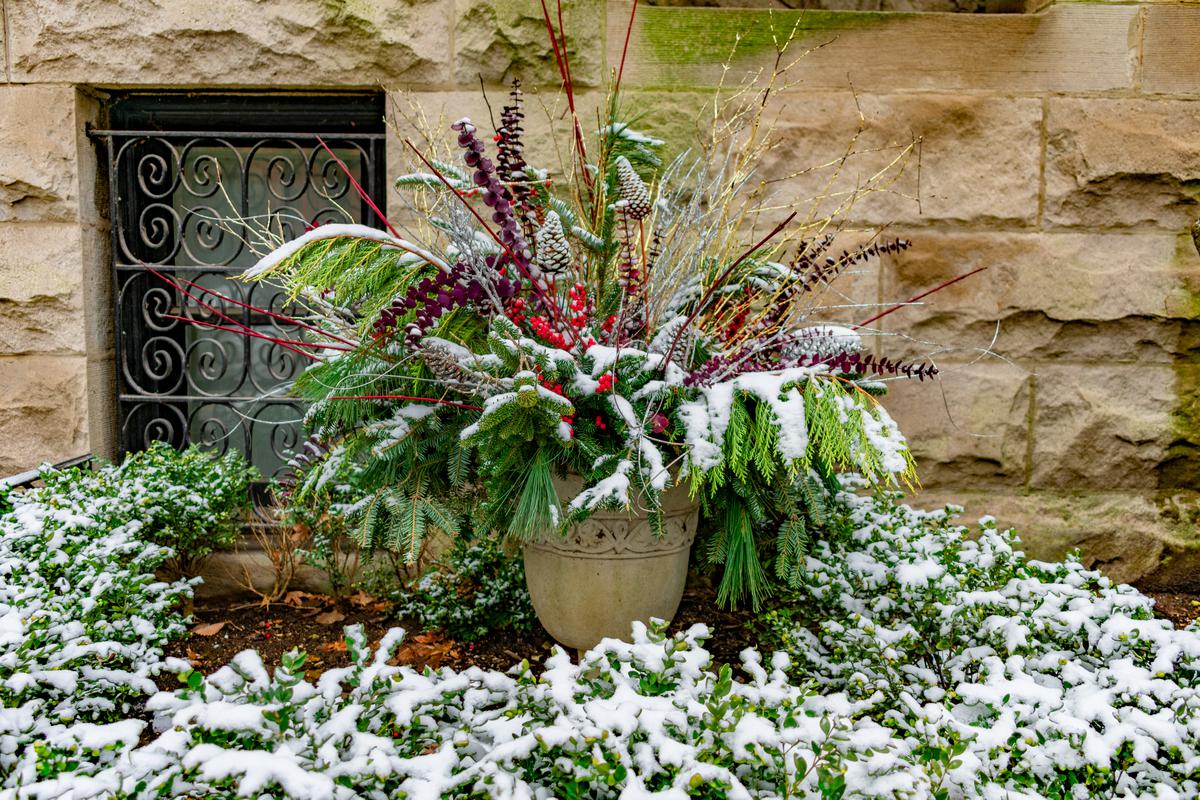
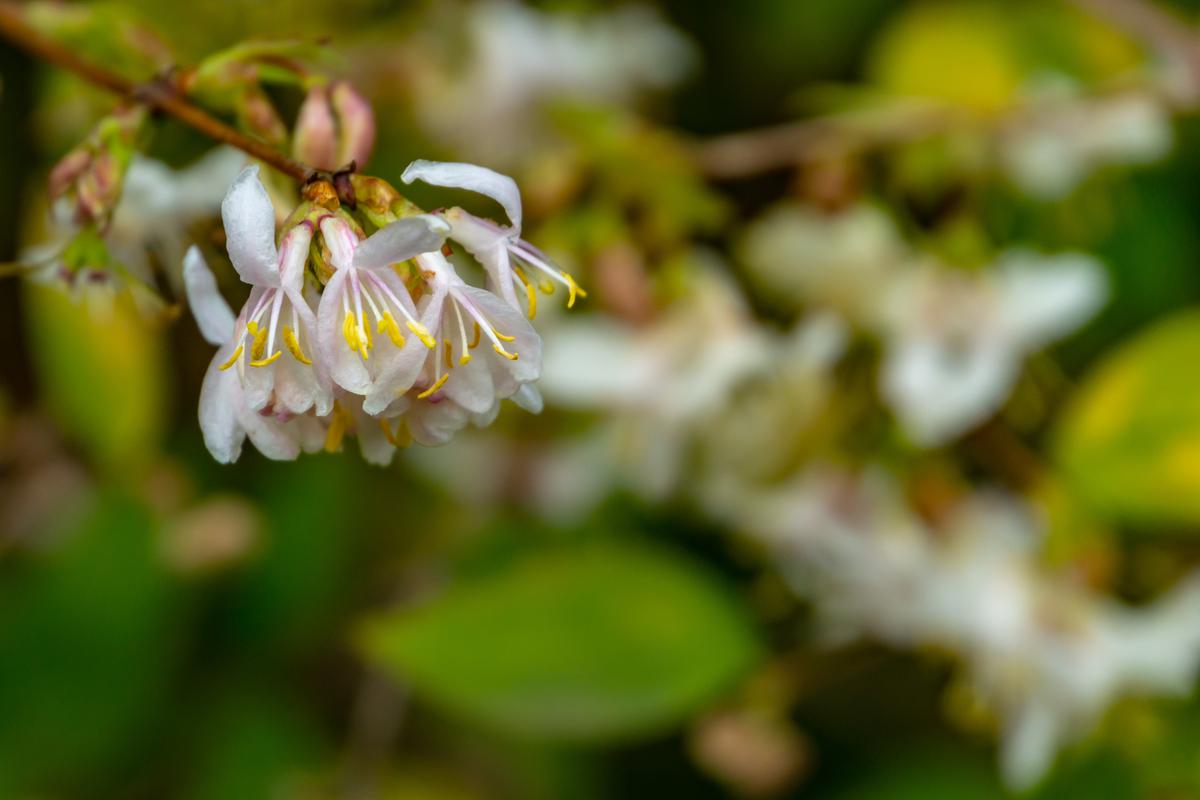
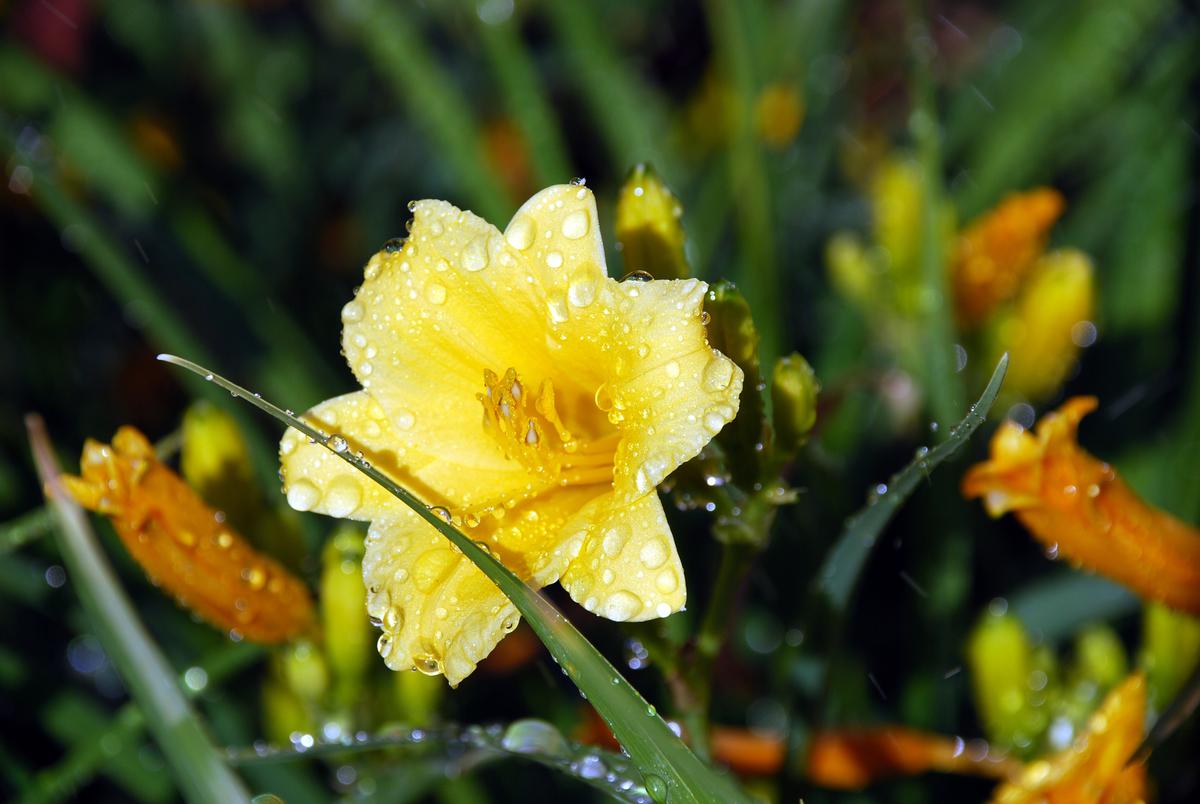
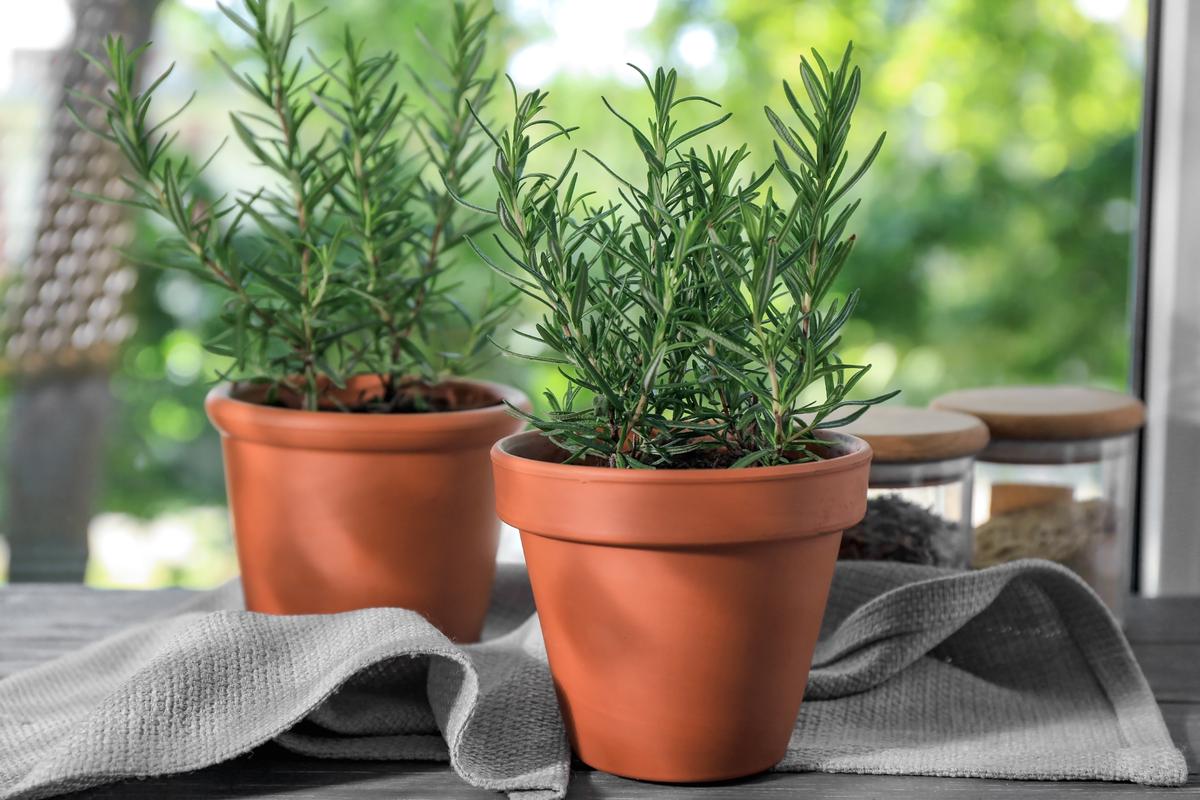
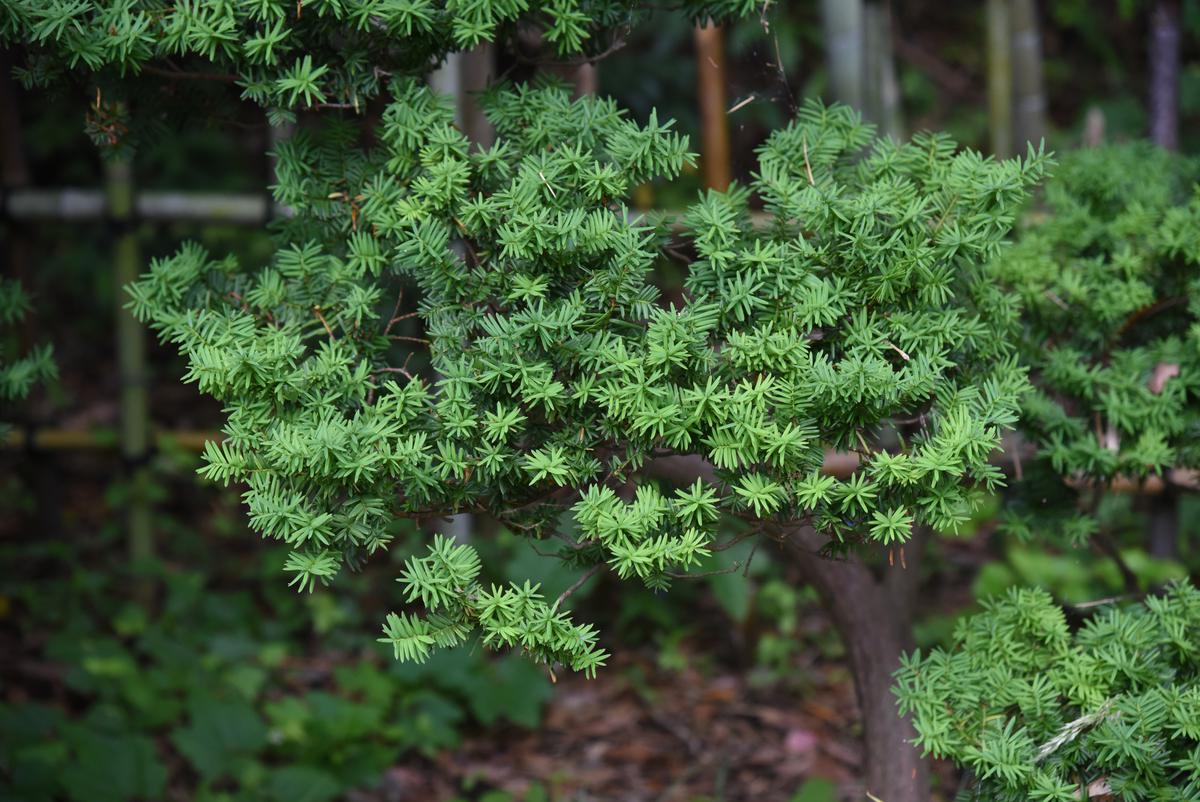
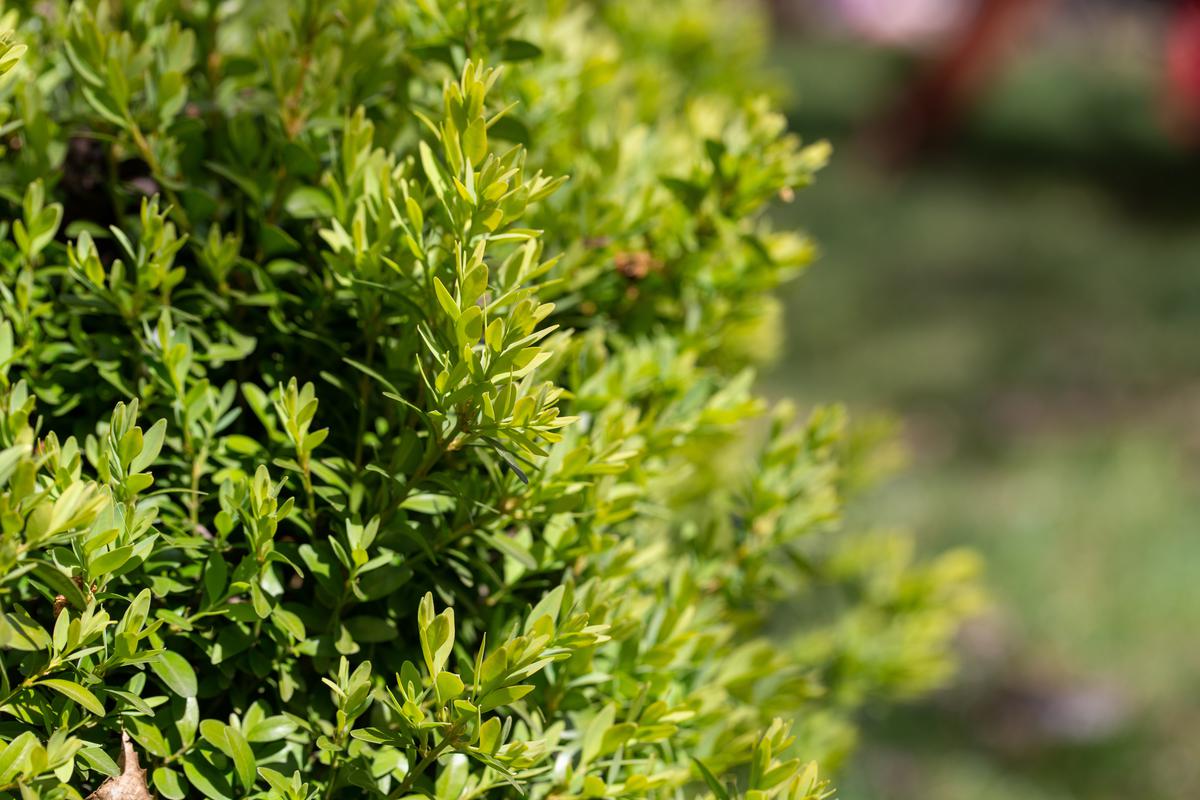
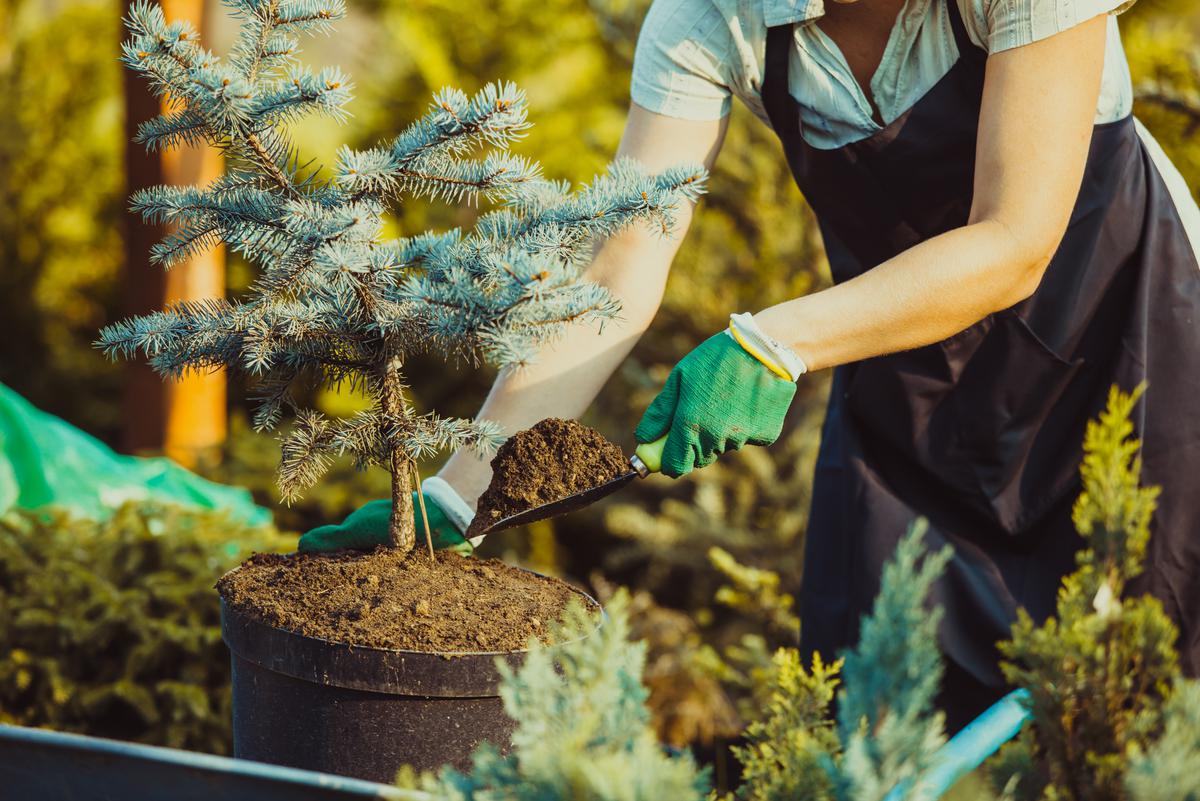
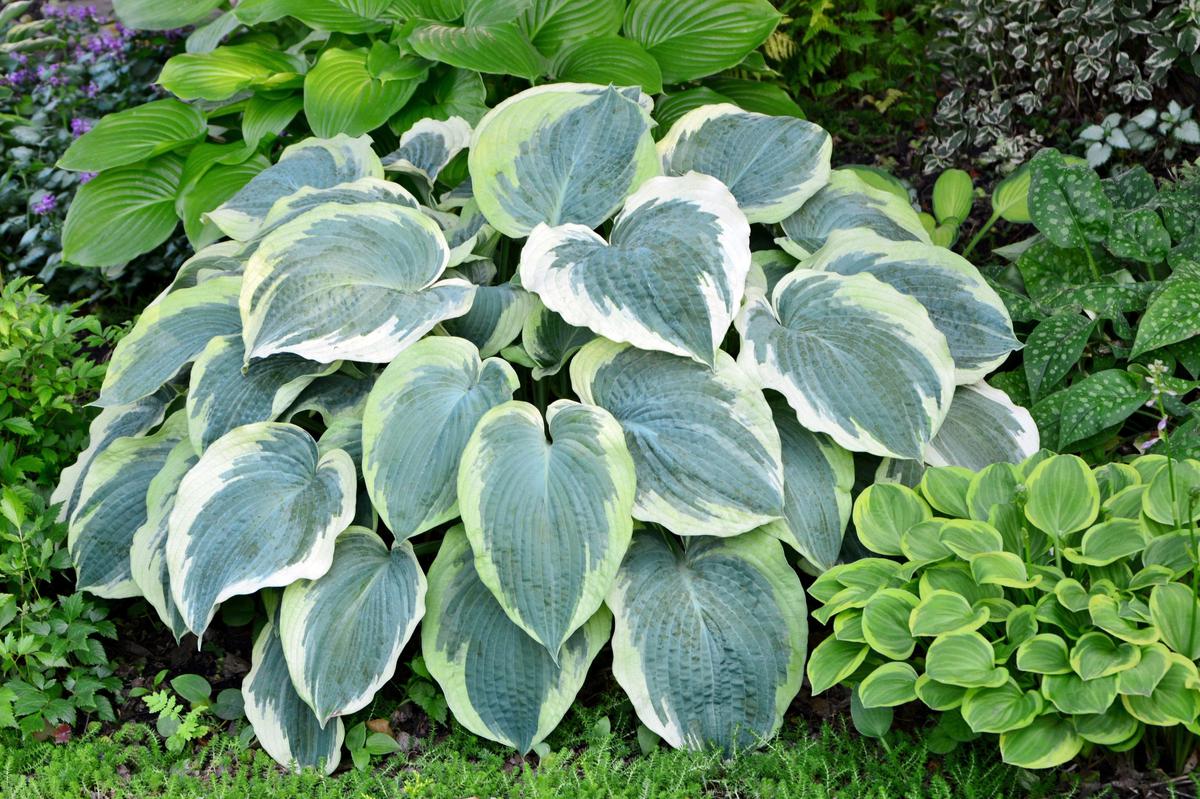
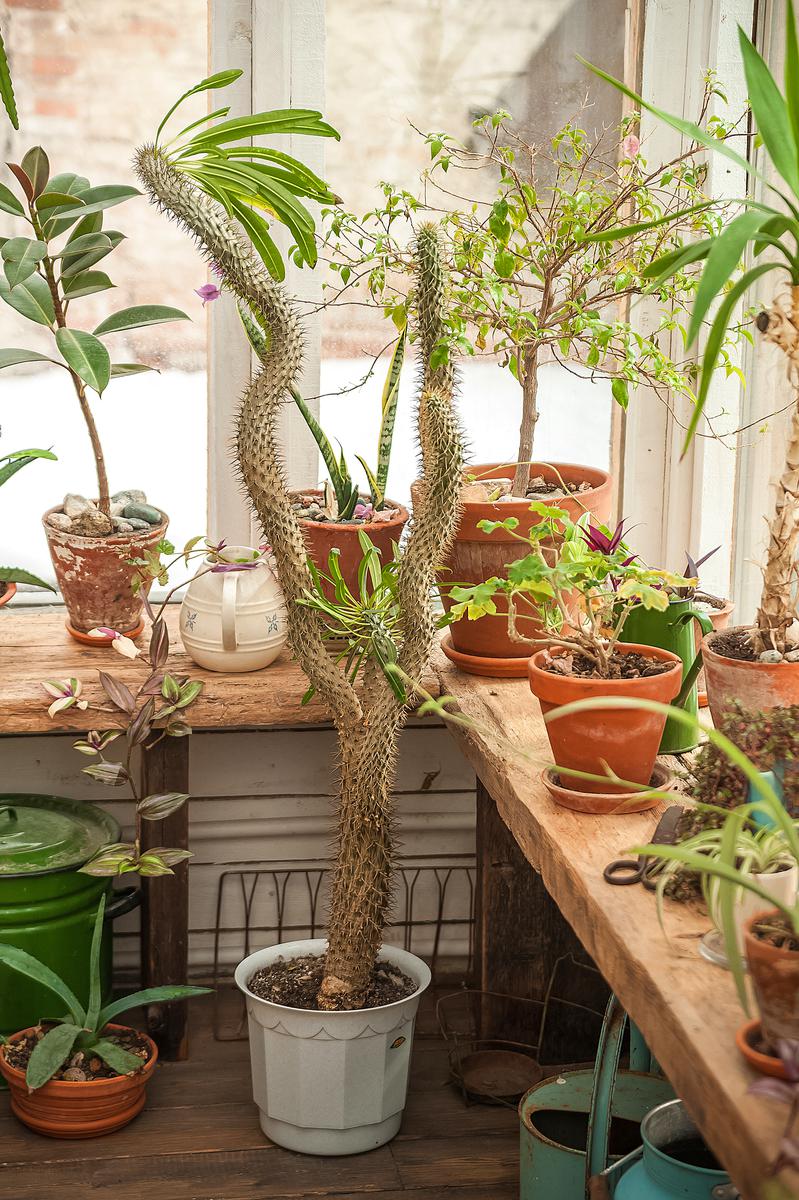
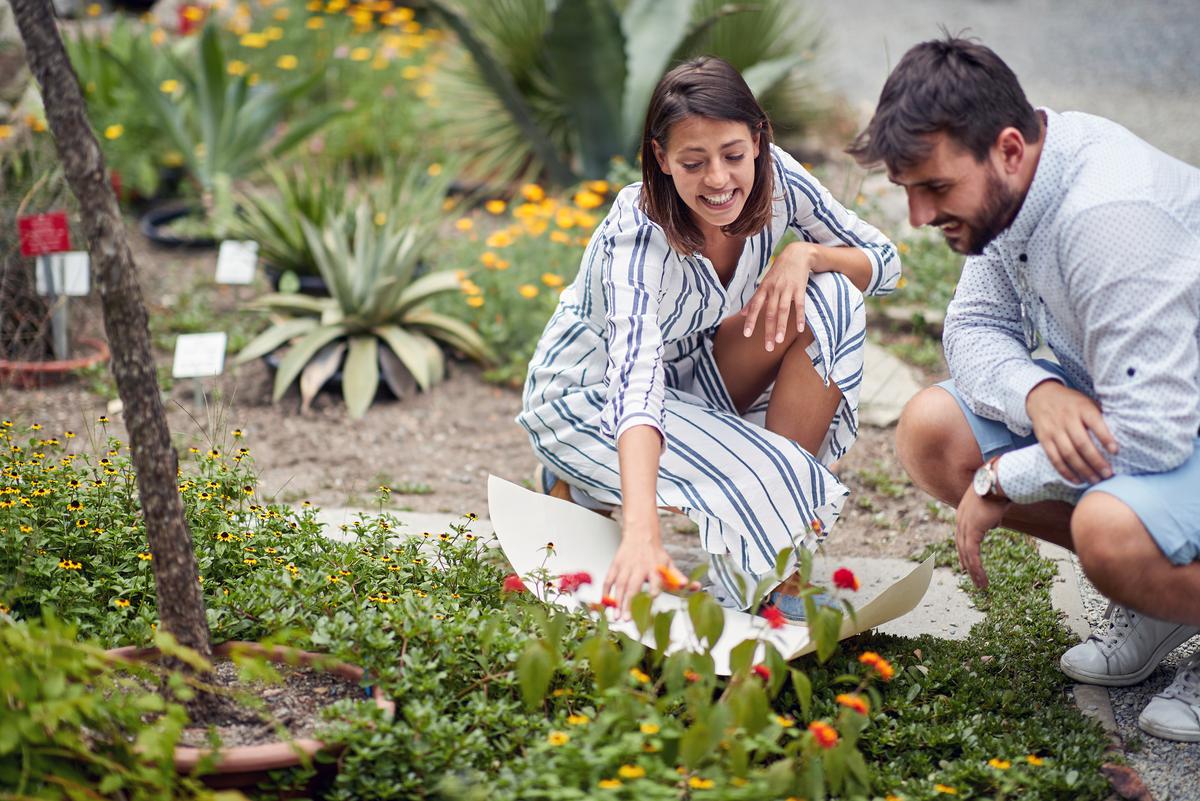
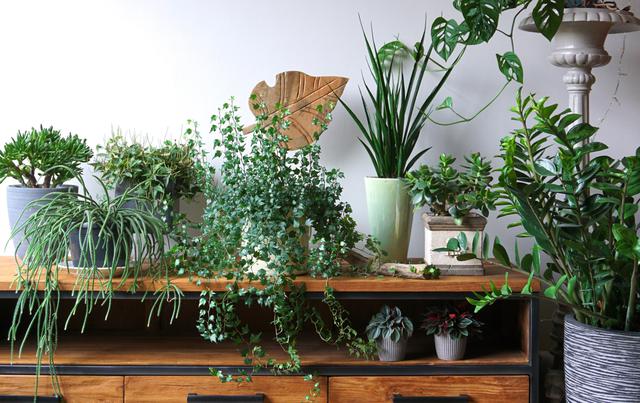

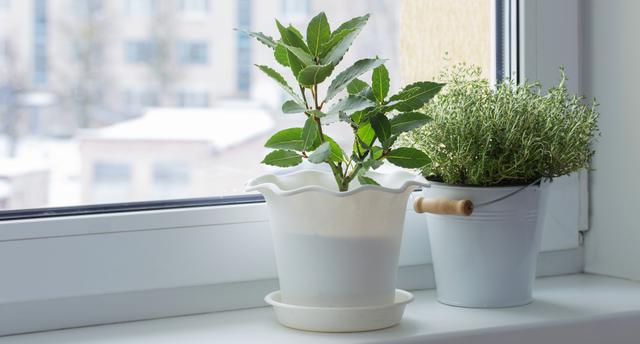
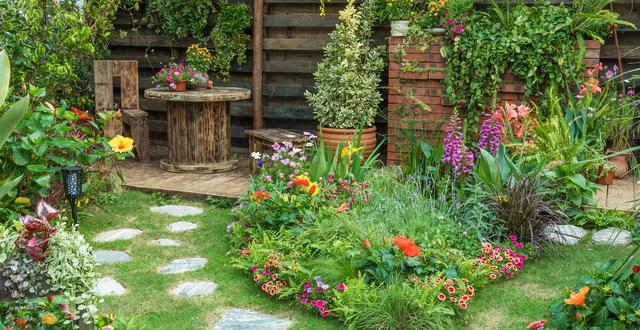
comments